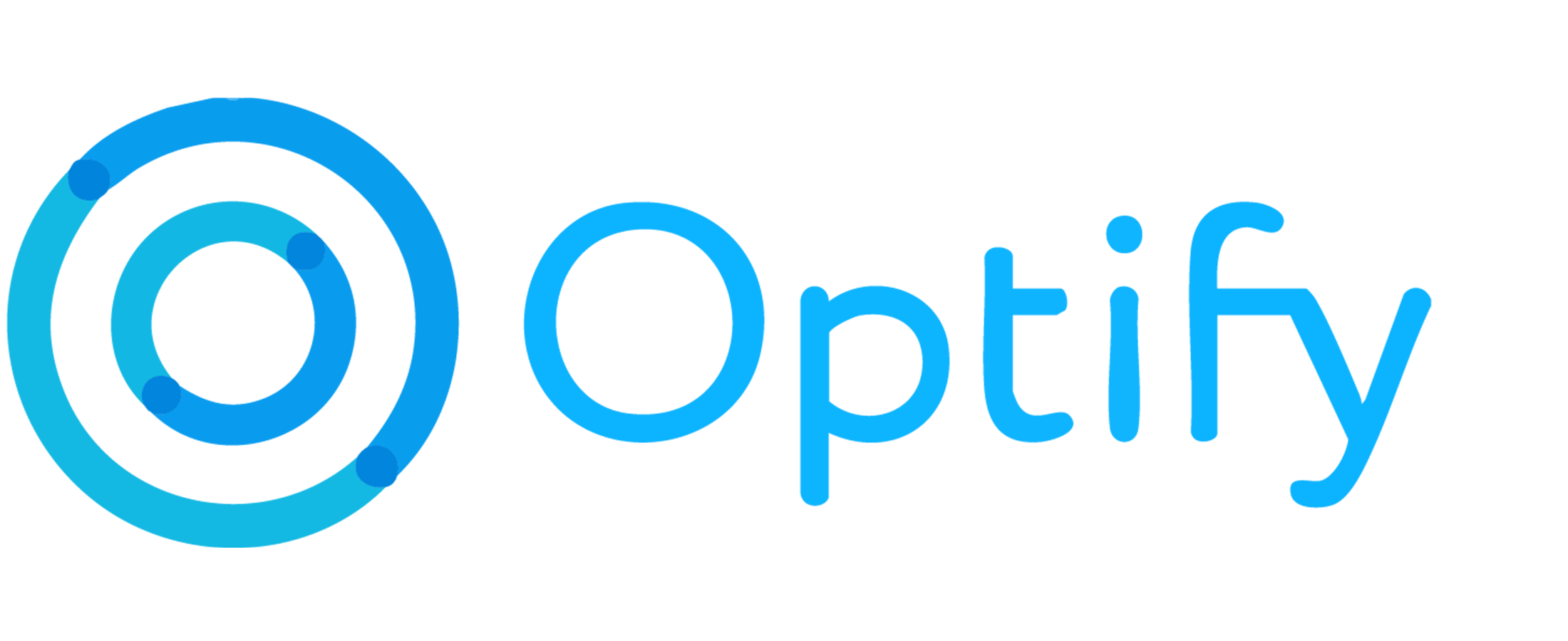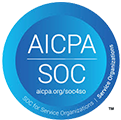
Superhuman Resources: Making the transition to strategic HR
Over the last 20 years, human resources has made an incredible shift from “process police” to a cadre of strategically-minded individuals who spearhead organizational change and development. And with the life-and-business-altering changes of the last year, HR professionals have finally earned themselves a seat at the table, but that’s not always enough.
“The financial crisis of 2008 relied on CFOs to help their companies,” said Tanuj Kapilashrami, group head of HR at Standard Chartered bank. “But the companies that will come out stronger from [2020] will be those that have a strong HR function.”
Becoming Superhuman Resources requires more than just a seat at the table, it requires a mindset shift, a people-first culture, and a dedication to the bigger picture.
Here are 5 things you can do to grow strategic HR at your organization:
1. Focus on strategy over function
Understand your organization’s strategic initiatives. World-class HR leaders do more than just enable business, they actively contribute to the discussion without putting themselves in a box. They have to be able to visualize how the strategy will be executed, how to communicate it, and what needs to change in order to be successful. Be proactive in identifying ways to drive better business, not just better HR.
2. Take a birds-eye view
Work beyond your own department. In HR, you have a macro-view of the entire organization – how each function works and who they need to collaborate with to get the job done at a high level. Strategic HR leaders link people programs to business results and engage leaders to achieve those goals.
3. Report out
People analytics has become a driving force for strategic HR. Put the right measurement tools in place to allow you to create meaning from your people programs, inform talent decisions, improve workforce processes, and increase employee engagement. Share your insights with charts and graphs so other leaders can see the impact that your new strategic HR practices have on the organization.
4. Drive culture
Culture has transitioned from a “nice to have” to a “need to have” discussion for organizations. Healthy cultures draw and retain talent, while poor cultures provide a significant risk for scandals, bad reputations to consumers and stakeholders, and inevitably, loss of profit. Prioritize creating a culture of leadership development that aligns people with your organization’s strategic initiatives and build values and practices that keep everyone on track.
5. Walk the talk
Model the vision for the organization through your own department. It’s going to be very difficult for a leader who is struggling with retention to feel comfortable coming to HR for help if HR is struggling too. Become an example of how leaders should be leading by defining, hiring, integrating, and living the values of your organization.
HR is leaving behind “process policing” and entering a world of strategic, people-focused business leadership. Today’s top HR professionals are facilitating change in their organizations and bringing a greater impact to work, organizations, and the world. Are you ready to join them?
Learn how Optify Coaching can help support your shift to strategic HR today.




